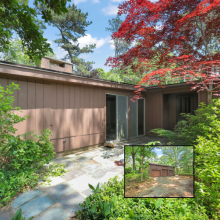Separate facts from fiction on the Community Preservation Act
The Community Preservation Act is a state run program in which the state gives money to towns that choose to set aside money to preserve their communities. The state’s preservation fund comes from real estate transactions where the town collects a surcharge on property taxes. The average homeowner will pay less than $50 per year and low income and elderly residents can get a surcharge exemption. Each year, the town receives a percentage of what it collects from the state fund. This year’s percentage is projected to be 27 percent. I wish my savings were collecting 27 percent interest.
The “Vote No on CPA” signs are starting to show up on Rochester lawns as the Fall Town Meeting approaches. The naysayers oppose new taxes, but this tax is unique in that town residents get to determine how the money is spent. A preservation act committee, made up of town residents appointed by existing town boards, will present proposed projects to town meeting for our vote. Preservation projects may be historical in nature, accommodate open space and recreation, or address affordable housing. The preservation fund is allowed to accumulate until needed for approved projects and can never be absorbed into the general fund.
Much of the opposition comes from large landowners who actually stand to benefit more from preserving the community we all love. While they stand to pay more based on their greater land holdings, they will gain more as land values increase from maintaining the town’s rural character.
A public forum will be held at the Rochester Senior Center on Nov. 13 at 7 p.m. where you can get the facts and judge the Community Preservation Act for yourself.
Most of our neighboring towns have already received hundreds of thousands of dollars to preserve their communities. Why not Rochester?
David Smith,
Rochester











